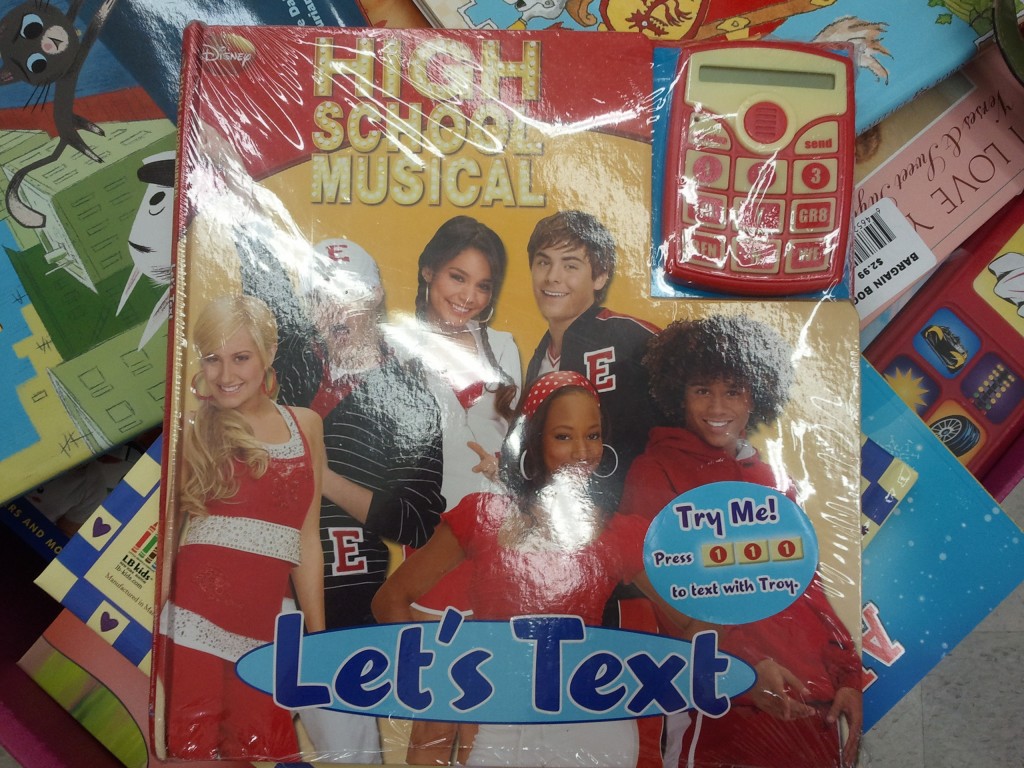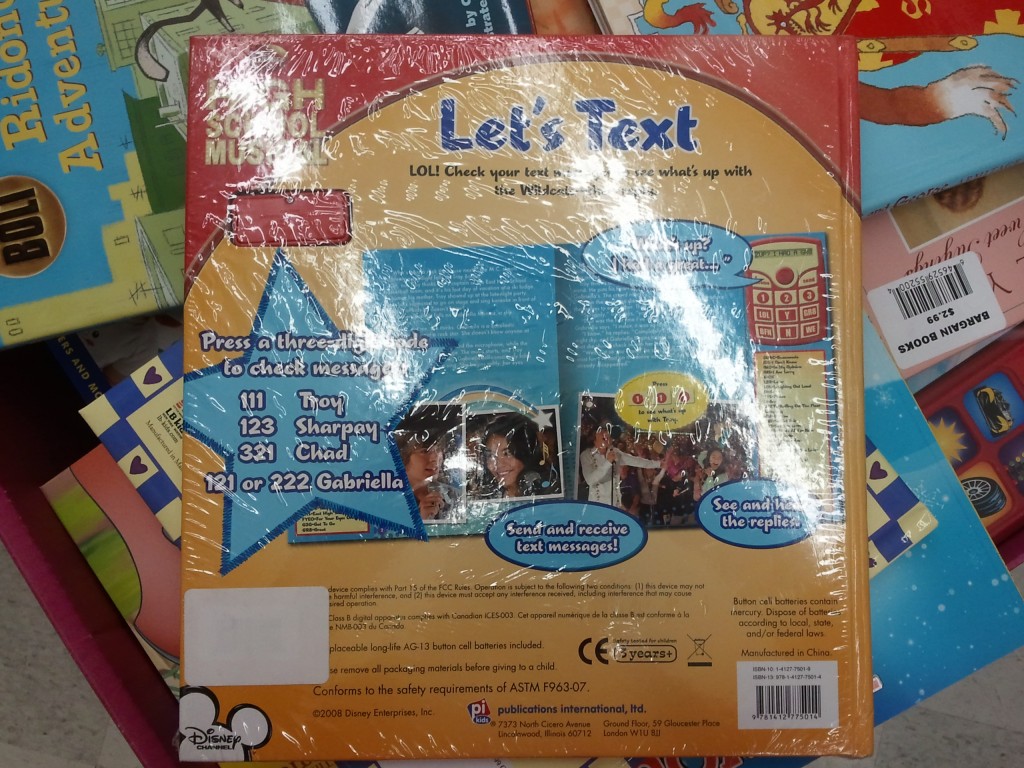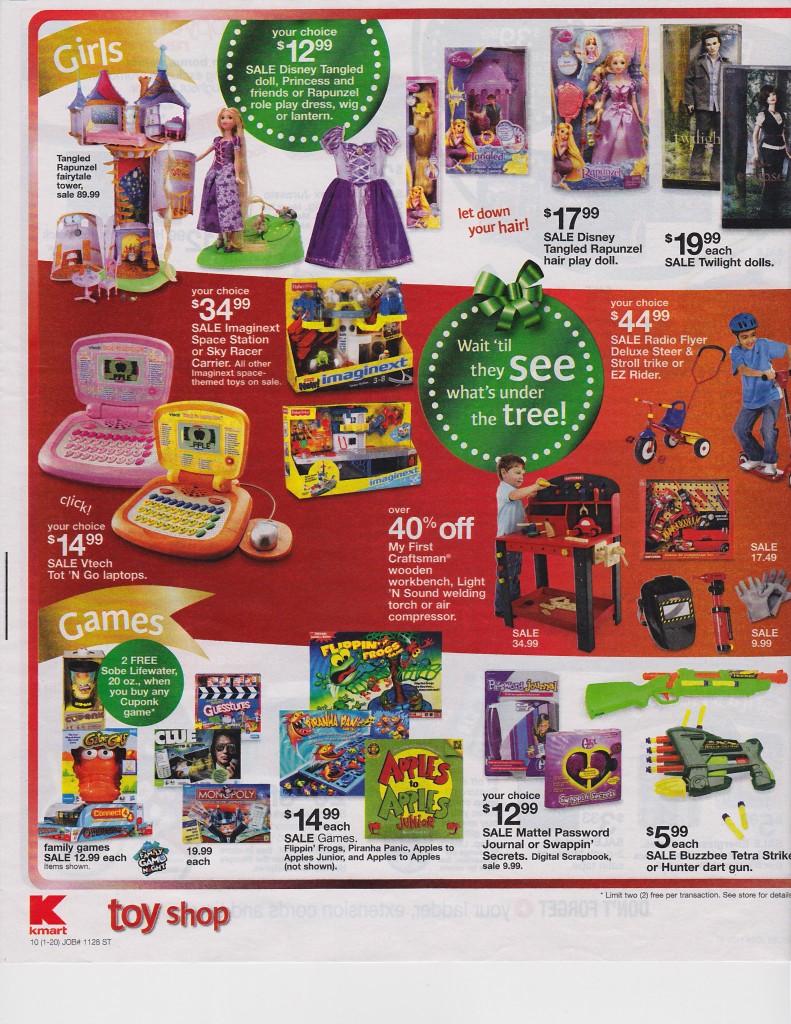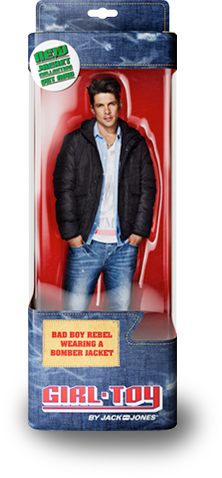
On today’s SportsCenter, ESPN closed out showing their “This is SportsCenter” commercials. As described on ESPN’s official YouTube, “This is SportsCenter” channel:
This is SportsCenter is the name of a series of comical television commercials run by ESPN to promote their SportsCenter sports news show. The ads are presented in a deadpan mockumentary style, lampooning various aspects of sports, and sports broadcasting. The commercials debuted in 1994.
As of tonight (December 24, 2010), ESPN’s YouTube channel profiles 77 of these short videos. Not every “This is SportsCenter” commercial is profiled, but I’m just going with what is up on this page now as the sample data set. I generally enjoy these commercials. Many of them are witty, and they are all short (around 30 seconds). Here are a few examples:
As can be seen, the commercials typically profile a famous athlete and/or a SportsCenter anchor, and on occasion a non-sports-related celebrity (e.g., Richard Simmons). In examining what athletes the commercials profile on ESPN’s YouTube page, a highly predictable trend emerges. Here are the individual athletes the commercials profile (note: when no athletes are profiled and only anchors, gender of anchors profiled noted instead):
- Dwight Freeney (football; male)
- Derek Jeeter (baseball; male)
- Floyd Mayweather (boxing; male)
- Tim Lincecum (baseball; male)
- Wayne Gretzky (hockey; male)
- Dwight Howard (basketball; male)
- David St. Hubbins (musician; male)
- Arnold Palmer (golf; male)
- Oregon Duck (football; gender neutral)
- Usain Bolt (track & field; male)
- Larry Fitzgerald (football; male)
- Matt Ryan (football; male)
- Brett Favre (football; male)
- Adrian Peterson (football; male)
- Joe Mauer (baseball; male)
- Adrian Peterson (football; male)
- Manny Ramierz (baseball; male)
- Josh Hamilton (baseball; male)
- SportsCenter Anchors (all male)
- Jimmie Johnson (car racing; male)
- SportsCenter Anchors (all male)
- Manny Ramirez (baseball; male)
- David Ortiz & Jorge Posada (baseball; male)
- David Wright (baseball; male)
- Chad Ochocinco (football; male)
- Chad Ochocinco (football; male)
- Ladanian Tomlinson (football; male)
- Chad Ochocinco (football; male)
- Tony Romo (football; male)
- Paul Pierce, Kevin Garnett, & Ray Allen (basketball; male)
- Michael Phelps (swimming; male)
- Ladanian Tomlinson (football; male)
- Jim Kelly (football; male)
- Dale Earnhardt Jr. (car racing; male)
- Chad Ochocinco (football; male)
- Stephen King (writer; male)
- Michael Phelps (swimming; male)
- Jimmy Rollins (baseball; male)
- Richard Simmons (fitness pro; male)
- Maria Sharapova (tennis; female)
- Steve Smith (football; male)
- Jose Reyes (baseball; male)
- Pat Summit (basketball; female)
- Dale Earnhardt Jr. (car racing; male)
- Carmelo Anthony (basketball; male)
- Chris Paul (basketball; male)
- Keyshawn Johnson (football; male) & Kobe Bryant (basketball; male)
- “Moving the Franchise” (all male anchors)
- “Yahtzee” (male anchors)
- Kerri Strug (gymnastics; female)
- “Talent Search” (male anchors)
- Globetrotters (basketball; male)
- Dan O’Brien (track & field; male)
- “Journalistic Integrity” (male anchors)
- “Sportscaster Celebrities” (male anchors)
- “Live on the Set” (predominantly male anchors; female anchor at end)
- Michael Andretti (car racing; male)
- Gordie Howe (hockey; male)
- “Reading Lips” (all male anchors)
- “Makeup Buddies” (all male anchors)
- “Athletes Bribing” (multiple male athletes from different sports)
- George Mikan (basketball; male)
- Mary Lou Retton (gymnastics; female)
- “Tour” (all male anchors)
- “One Track Mind” (predominanty male anchors; female anchor at start)
- “Shoot” (female anchor)
- “Paws” (all male anchors)
- “Serious Journalism” (all male anchors)
- “Write Your Own Stuff” (all male anchors)
- “Sweet Science” (predominantly male anchor; short appearances by a female anchor)
- “Potty Talk” (male anchor)
- “Memories” (all male anchors)
- Keshawn Johnson (football; male) & Kobe Bryant (basketball; male)
- Glenn Robinson (basketball; male)
- Barry Melrose (hockey; male)
- Landon Donovan (soccer; male)
- Jimmie Johnson (car racing; male)
When going through the data set, we find that out of the 77 commercials, women only appear 8 times (10.4%), in some cases in relatively peripheral roles. When looking specifically at athletes, only 3 female athletes are profiled, all 3 of whom represent historically “acceptibly feminine” sports: Mary Lou Retton and Kerri Strug (both gymnasts) and Maria Sharapova (tennis). One commercial profiles Pat Summit, the famous women’s basketball coach from the University of Tennessee. All other commercials featuring athletes have males.
Examining the content of the commercials is also important. For instance, the commercial with Sharapova clearly relies on Sharapova’s status as a femininized beauty figure in athletics. And while all the commercials are “presented in deadpan mockumentary style,” the humor clearly calls upon dominant notions of heterosexual masculinity — take for example the commercials that mock femininity among males, such as those in which the male anchors share makeup and mock Richard Simmons as a conditioning coach.
The trends shown here are highly predictable. It is hardly surprising that males are over-represented numerically in the commercials, both as athletes and anchors. Likewise, it is unsurprising that the humor utilized in these commercials so often mocks femininity among males in the sporting world or uses female athletes as sexualized figures.
What we see here in ESPN’s “This is SportsCenter” commercials is the typical way that gender is constructed in sport — patriarchy is reified within an institution historically reserved for heterosexual males.
———————————–
David Mayeda is an Assistant Professor in the Department of Sociology and Legal Studies at Hawaii Pacific University. His recent book publications include Celluloid Dreams: How Film Shapes America and Fighting for Acceptance: Mixed Martial Artists and Violence in American Society. He also blogs at The Grumpy Sociologist.
If you would like to write a post for Sociological Images, please see our Guidelines for Guest Bloggers.
















